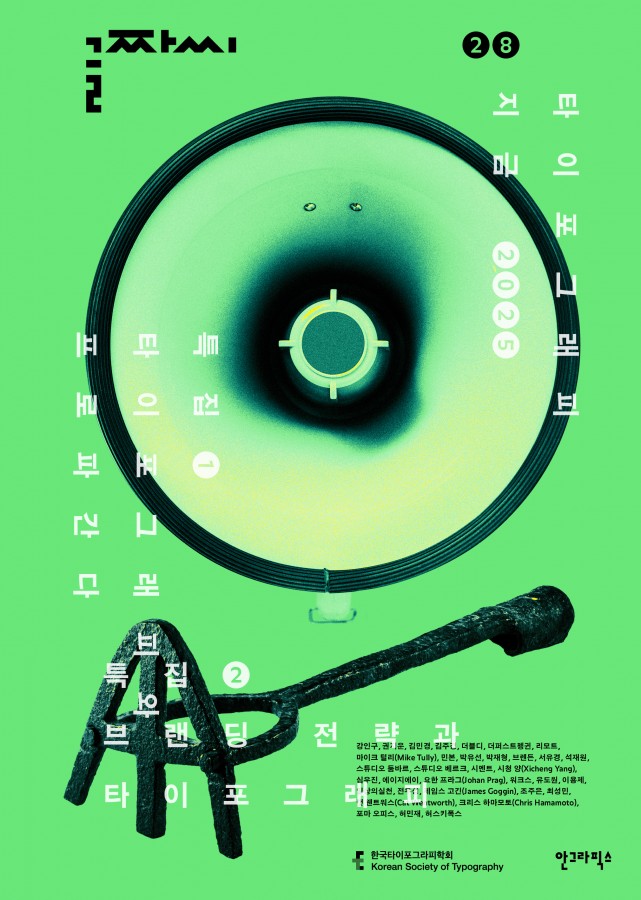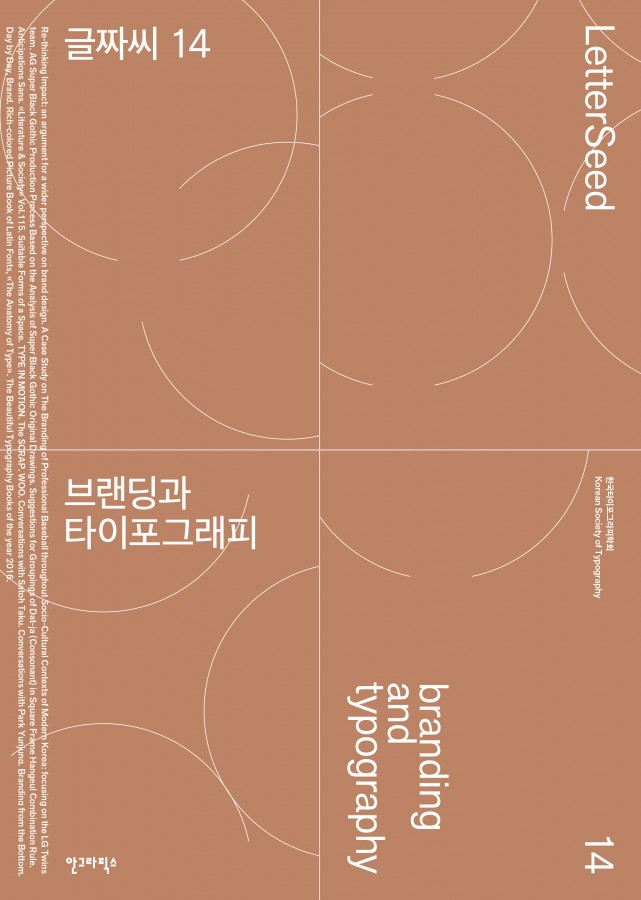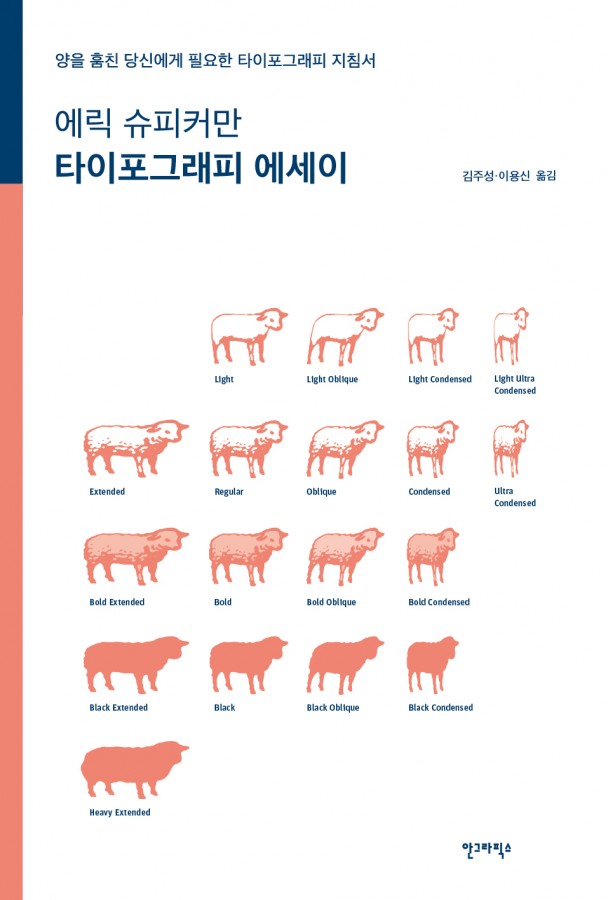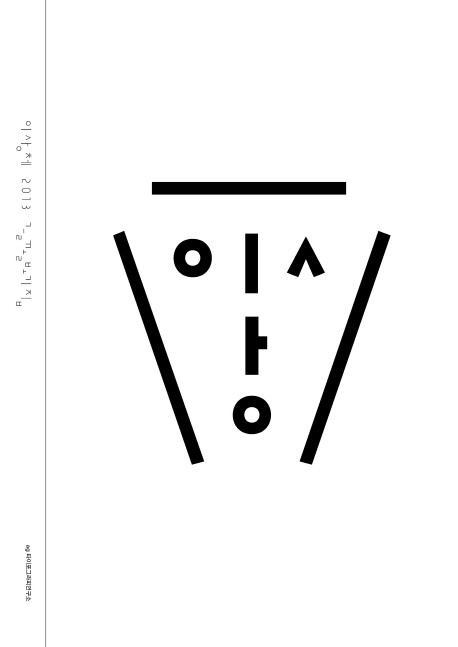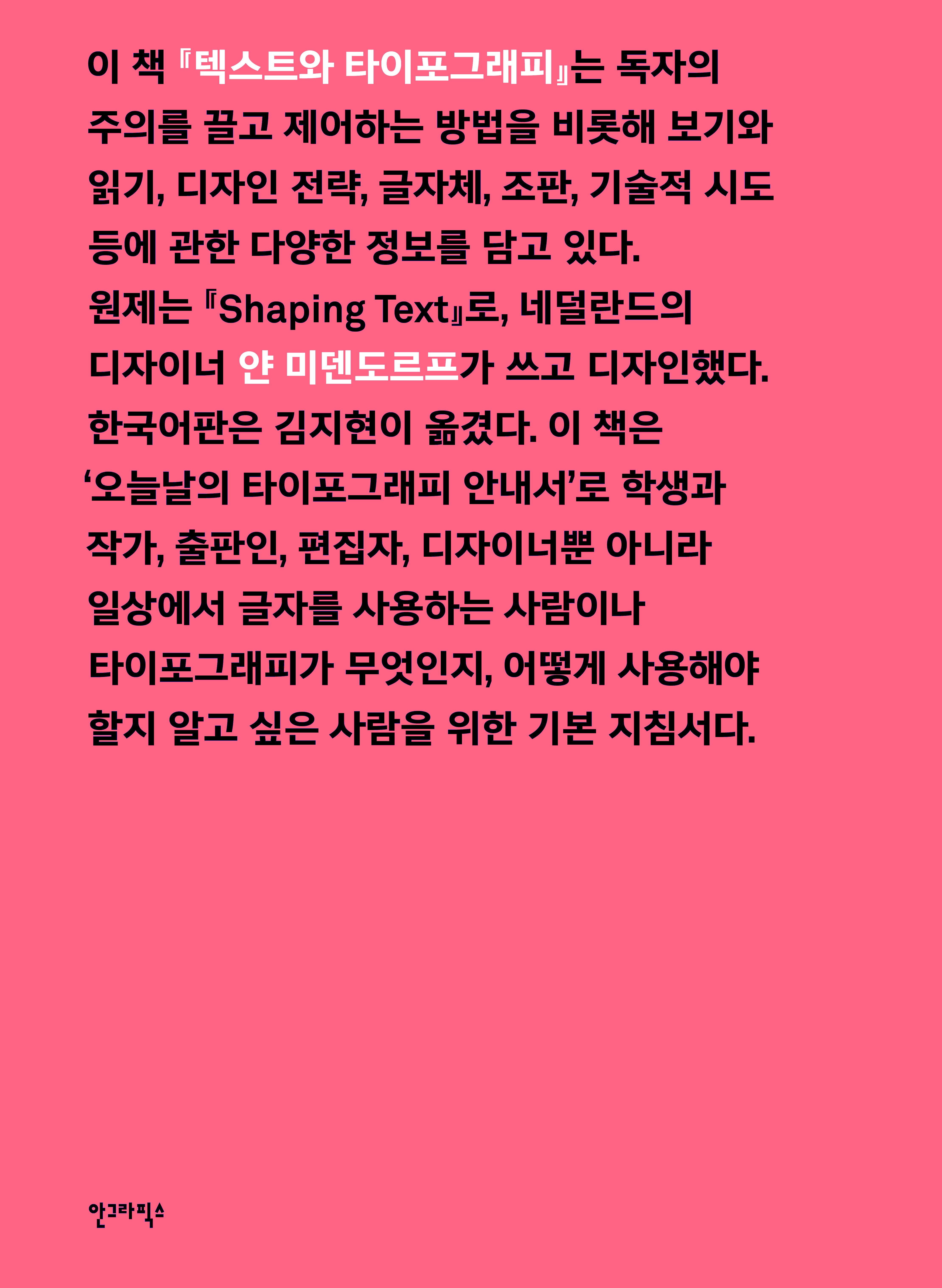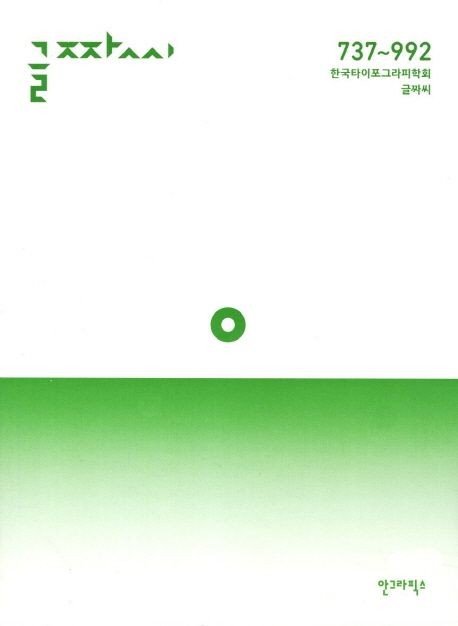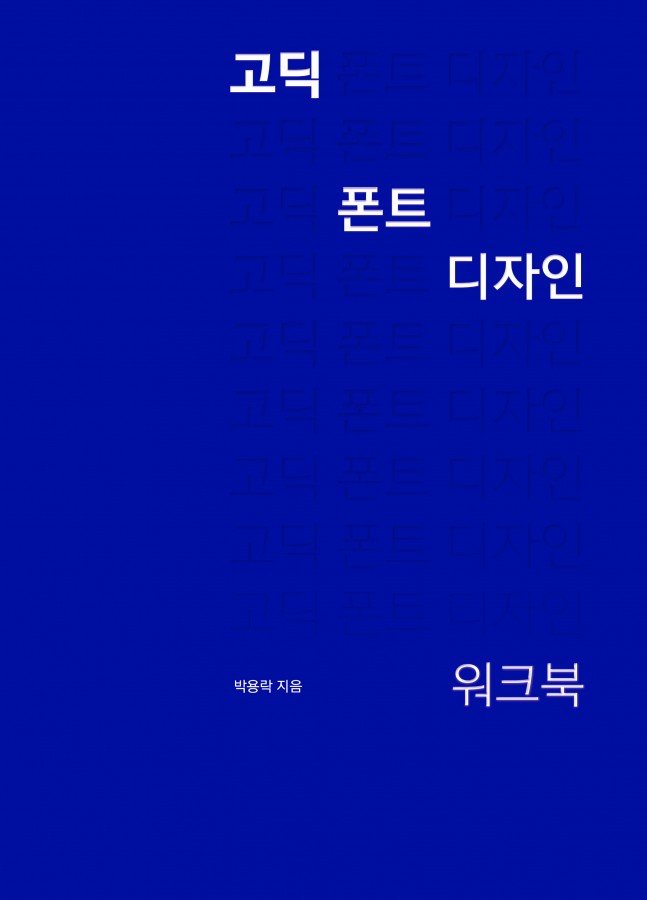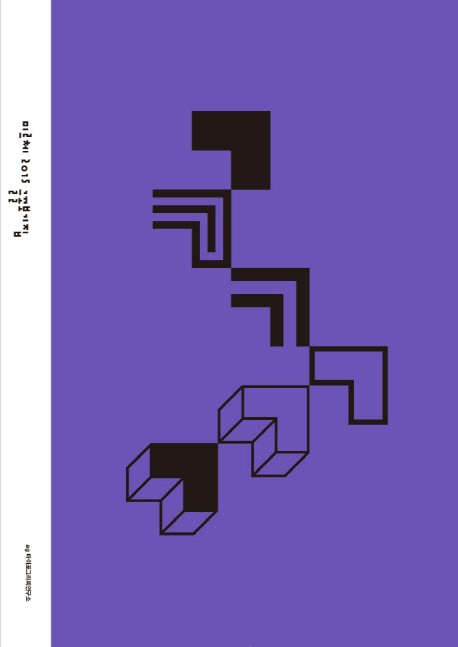Stanley Morison
Stanley Arthur Morison was a British typographer, printing executive and historian of printing. Largely self-educated, he promoted higher standards in printing and an awareness of the best printing and typefaces of the past. From the 1920s Morison became an influential adviser to the British Monotype Corporation, advising them on type design. His strong aesthetic sense was a force within the company, which starting shortly before his joining became increasingly known for commissioning popular, historically influenced designs that revived some of the best typefaces of the past, with particular attention to the middle period of printing from the Renaissance to the late eighteenth century, and creating and licensing several new type designs that would become popular. Original typefaces commissioned under Morison’s involvement included Times New Roman, Gill Sans and Perpetua, while revivals of older designs included Bembo, Ehrhardt and Bell. Times New Roman, the development of which Morison led to the point that he felt he could consider it his own design, has become one of the most used typefaces of all time. Becoming closely connected to The Times newspaper as an advisor on printing, he became part of its management and the editor of the Times Literary Supplement after the war, and late in life joined the editorial board of Encyclopædia Britannica.
Kim Hyun-kyung
After graduating from Sogang University’s English Department, she worked at a publishing house and edited various books. She is currently working as a freelance translator for major museums and companies in Korea. Her translations include The Form of the Book Book, BIG-GAME : Everyday Objects, First Principles of Typography, 100 Classic Graphic Design Journals, I Used To Be A Design Student: 50 Graphic Designers Then And Now, Bibliographic: 100 Classic Graphic Design Books, American Writers at Home and more.
